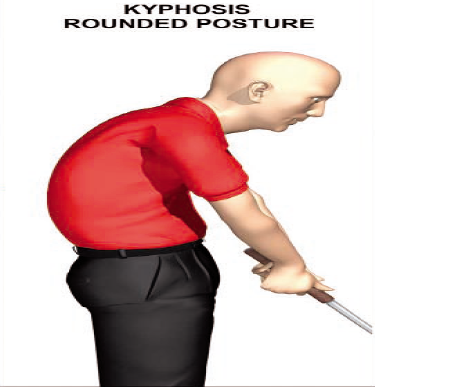Consistency and Accountability in Your Training To improve in anything that you attempt, whether that be sport, music, fitness or any other activity you are undertaking, you need to be consistent in your effort over a period of time to achieve your goals. You need to...
Fun In Fitness Training
Fun In Your Fitness Training
If you have been following my blog posts on this website, you are probably getting the message that fitness training for golf is important. Well, I will emphasise here again that it is very important, both to your golf and your general wellbeing.
But it is sooooooooo boring!!!! Is a common excuse I hear from people who are starting out with fitness training. Well, I am here to tell you that it doesn’t have to be.
There are so many options when it comes to fitness training and you can check out your local gym, talk to your personal trainer or use some of the ideas below to bring some fun into your fitness training.
Classes: Doing an exercise class is a great way to increase your enjoyment during your fitness training. You are in a group situation around like minded people with a fun and energetic instructor leading the way. The atmosphere keeps you motivated and classes usually include some great music to keep you going. Try lots of different classes and I am sure you will find a few that you like.
Set goals: Goal setting has been discussed on this website and in Mike’s podcast and, if you have a competitive streak like me, are a great way to keep your sessions fun. Striving to beat your personal bests and achieve your goals is a lot of fun and will keep you coming back for more fitness sessions.
Make up some games: Training your cardio vascular system doesn’t need to be hour after hour sitting on an exercise bike or walking on a treadmill. Make up games that you can play with a friend or group of friends and your session will be fun and the time will fly by. When I was coaching in Taiwan the players I was coaching has their own little games they would use to make the training session fun. You can see a couple of videos showing the session by clicking here and here. As you can see, they are simple games but can make the session fun and competitive and help make the training enjoyable.
Mix it up: Doing the same thing over and over is a sure-fire way to make your training sessions seem endless. Make sure you mix it up a little and try different types of training. This will ensure you use different muscle groups and continually challenge yourself and your body. When I was coaching in China my wife and I introduced the students to boxing training for golf. It is a great way to challenge your fitness levels, build your strength and improve your coordination. You can see, in this video, my pregnant wife leading the students through some combination punching drills.
These are just a few ways that you can make your training more enjoyable and I would love to hear your ideas in the comments below.
Until next time,
Brent Davis

Brent Davis
PGA Professional
Training & Education Coordinator
PGA Centre For Learning Performance
Melborne, Victoria, Australia
Email: [email protected]
Fitness Archives
Consistency and Accountability in Your Training
Golf Fitness, Is It For You?
Golf Fitness, Is It For You? There has been a lot of coverage lately in the media and on social media about golf fitness and the training that certain tour players complete. Some of the comments made have been negative towards fitness training for golfers and I...
Using The Body’s Three Energy Systems For Golf
Using The Body's Three Energy Systems For Golf The human body needs energy to move and do things. The human body has three energy systems that are used to generate the energy used by the body for different daily activities. It is important to note that these energy...
TEAM MFG BLOG
Subscribe
Never miss a new post, article, or video!
Subscribe to our newsletter Chip Shots!












